Code
HCS21840
Weight
1.5 Kg / 3.31 lbs
Size
Height
21cm (8") Width
17cm (7") Depth
10cm (4") Material
Copper Gold Plated
Availability
Available
Date Added
2020-11-24 23:54:34
Note : We used to sell this product 5 years ago so it may no longer be in our stock.
It is possible that we still have it with our suppliers but the price could be different from before.
Feel free to order. We will verify availability and inform you promptly.
It is possible that we still have it with our suppliers but the price could be different from before.
Feel free to order. We will verify availability and inform you promptly.

Safe Payment
We accept Paypal, Money Transfer, Bank Transfer
Confidence
Protection covers your purchase and personal data.
Worldwide Delivery
We ship Worldwide, except Russia.Shipping cost US$25.2 for upto 0.5 kgs

Hotline
Talk to help line for your question on 9841267335Monastery Quality : What is Monastery Quality Statue?
This [monastery Quality] Statue Of Gampopa [partly Gold Plated], [painted Face] Statue is made up of quality to suit the Tibetan and Buddhist monastery requirements. They are made with high-quality gold, high-quality carving and carved by an artist who is skilled and knowledgeable in the art.
This type of statue is a little expensive in comparison to other statues available in our store, hence we were hesitant to include them in our collection. But as we begin to understand why they are expensive we decided to include them on our website at a discounted price.
It always has been our goal to provide the best quality statue at a reasonable price. We are providing a 25% discount as an introductory price, and also our commitment to provide quality statues to our client at a reasonable price.
This [monastery Quality] Statue Of Gampopa [partly Gold Plated], [painted Face] Statue is made up of quality to suit the Tibetan and Buddhist monastery requirements. They are made with high-quality gold, high-quality carving and carved by an artist who is skilled and knowledgeable in the art.
This type of statue is a little expensive in comparison to other statues available in our store, hence we were hesitant to include them in our collection. But as we begin to understand why they are expensive we decided to include them on our website at a discounted price.
It always has been our goal to provide the best quality statue at a reasonable price. We are providing a 25% discount as an introductory price, and also our commitment to provide quality statues to our client at a reasonable price.
Gold Painted Face
The face of [monastery Quality] Statue Of Gampopa [partly Gold Plated], [painted Face] is painted with gold to enhance its significant features, particularly the eyes, and lips. This detailed painting is essential as it brings forth the crucial attributes of the expression of eyes and lips that metal carving alone cannot capture.
Moreover, the painted face serves as a symbolic and sacred ritual in Buddhism, preparing the statue for consecration and practice. The act of painting the face with gold in Buddhism holds deep meaning. It represents the intention to bring life and expression to the statue, imbuing it with a sense of vitality and presence. The application of gold on the face showcases the devotion and craftsmanship of the artisans, ensuring that every detail is carefully attended to honor the sacred essence of the [monastery Quality] Statue Of Gampopa [partly Gold Plated], [painted Face]. Read More . . .
The face of [monastery Quality] Statue Of Gampopa [partly Gold Plated], [painted Face] is painted with gold to enhance its significant features, particularly the eyes, and lips. This detailed painting is essential as it brings forth the crucial attributes of the expression of eyes and lips that metal carving alone cannot capture.
Moreover, the painted face serves as a symbolic and sacred ritual in Buddhism, preparing the statue for consecration and practice. The act of painting the face with gold in Buddhism holds deep meaning. It represents the intention to bring life and expression to the statue, imbuing it with a sense of vitality and presence. The application of gold on the face showcases the devotion and craftsmanship of the artisans, ensuring that every detail is carefully attended to honor the sacred essence of the [monastery Quality] Statue Of Gampopa [partly Gold Plated], [painted Face]. Read More . . .
Partly Gold plating.
This [monastery Quality] Statue Of Gampopa [partly Gold Plated], [painted Face] has a Partly gold-plated finish. Partly fire gold gilding, a common practice in Nepali handicrafts. This technique is skillfully employed by artisans to create intricate designs on various metal objects, including statues, jewelry, and decorative items. Through a process, a mask or resist is applied to safeguard specific areas from the gold plating. The object is then subjected to high temperatures, allowing the gold to beautifully adhere to exposed surfaces using a combination of heat and pressure.
In the realm of Buddhist statues, this technique holds additional significance as it distinguishes the golden-plated body from the oxidized or maroon-painted clothing. This visual separation conveys the contrast between the divine purity of the body and the modest attire symbolizing the humble lifestyle of Buddhist monks. The partly fire gold gilding not only adds exquisite detail and elegance but also embodies the deep cultural and spiritual meaning associated with these treasured artifacts. Read More . . .
This [monastery Quality] Statue Of Gampopa [partly Gold Plated], [painted Face] has a Partly gold-plated finish. Partly fire gold gilding, a common practice in Nepali handicrafts. This technique is skillfully employed by artisans to create intricate designs on various metal objects, including statues, jewelry, and decorative items. Through a process, a mask or resist is applied to safeguard specific areas from the gold plating. The object is then subjected to high temperatures, allowing the gold to beautifully adhere to exposed surfaces using a combination of heat and pressure.
In the realm of Buddhist statues, this technique holds additional significance as it distinguishes the golden-plated body from the oxidized or maroon-painted clothing. This visual separation conveys the contrast between the divine purity of the body and the modest attire symbolizing the humble lifestyle of Buddhist monks. The partly fire gold gilding not only adds exquisite detail and elegance but also embodies the deep cultural and spiritual meaning associated with these treasured artifacts. Read More . . .
Lost-Wax System
This Tibetan Masters Guru of [monastery Quality] Statue Of Gampopa [partly Gold Plated], [painted Face] is made by the process of the Lost Wax system. This is a very complicated, time consuming and historic process of making metal sculptures.Which is why it is sometimes called Precision Casting as well. Hence the sculptures made by this process are comparatively expensive. There are many new, advanced and less time consuming methods of casting metal sculptures available as well. But due to the benefits provided by the traditional lost wax system in quality control and customization, we prefer the Loss wax system over Ceramic molding, or sand casting to make our Tibetan Masters Guru.
Below we have tried to illustrate the process of making a loss wax system statue: Read More . . .
This Tibetan Masters Guru of [monastery Quality] Statue Of Gampopa [partly Gold Plated], [painted Face] is made by the process of the Lost Wax system. This is a very complicated, time consuming and historic process of making metal sculptures.Which is why it is sometimes called Precision Casting as well. Hence the sculptures made by this process are comparatively expensive. There are many new, advanced and less time consuming methods of casting metal sculptures available as well. But due to the benefits provided by the traditional lost wax system in quality control and customization, we prefer the Loss wax system over Ceramic molding, or sand casting to make our Tibetan Masters Guru.
Below we have tried to illustrate the process of making a loss wax system statue: Read More . . .
We are not able to identify the name of the product yet. so we cannot provide you with any description. If you have any information regarding the statue/ Thangka. Please help us identify the product. This will be a great help for us to indexing the product correctly in our library
Thank you
Neeva Shrestha
mail@handmadeexpo.com
Thank you
Neeva Shrestha
mail@handmadeexpo.com


![[monastery Quality] Statue Of Gampopa [partly Gold Plated], [painted Face]](https://handicraftseller.com/uploads/pics/product/thumb/2020/11/21840.jpg)
![[monastery Quality] Statue Of Gampopa [partly Gold Plated], [painted Face]](https://handicraftseller.com/uploads/pics/product/thumb/2020/11/21840_0.jpg)
![[monastery Quality] Statue Of Gampopa [partly Gold Plated], [painted Face]](https://handicraftseller.com/uploads/pics/product/thumb/2020/11/21840_1.jpg)
![[monastery Quality] Statue Of Gampopa [partly Gold Plated], [painted Face]](https://handicraftseller.com/uploads/pics/product/thumb/2020/11/21840_2.jpg)


























































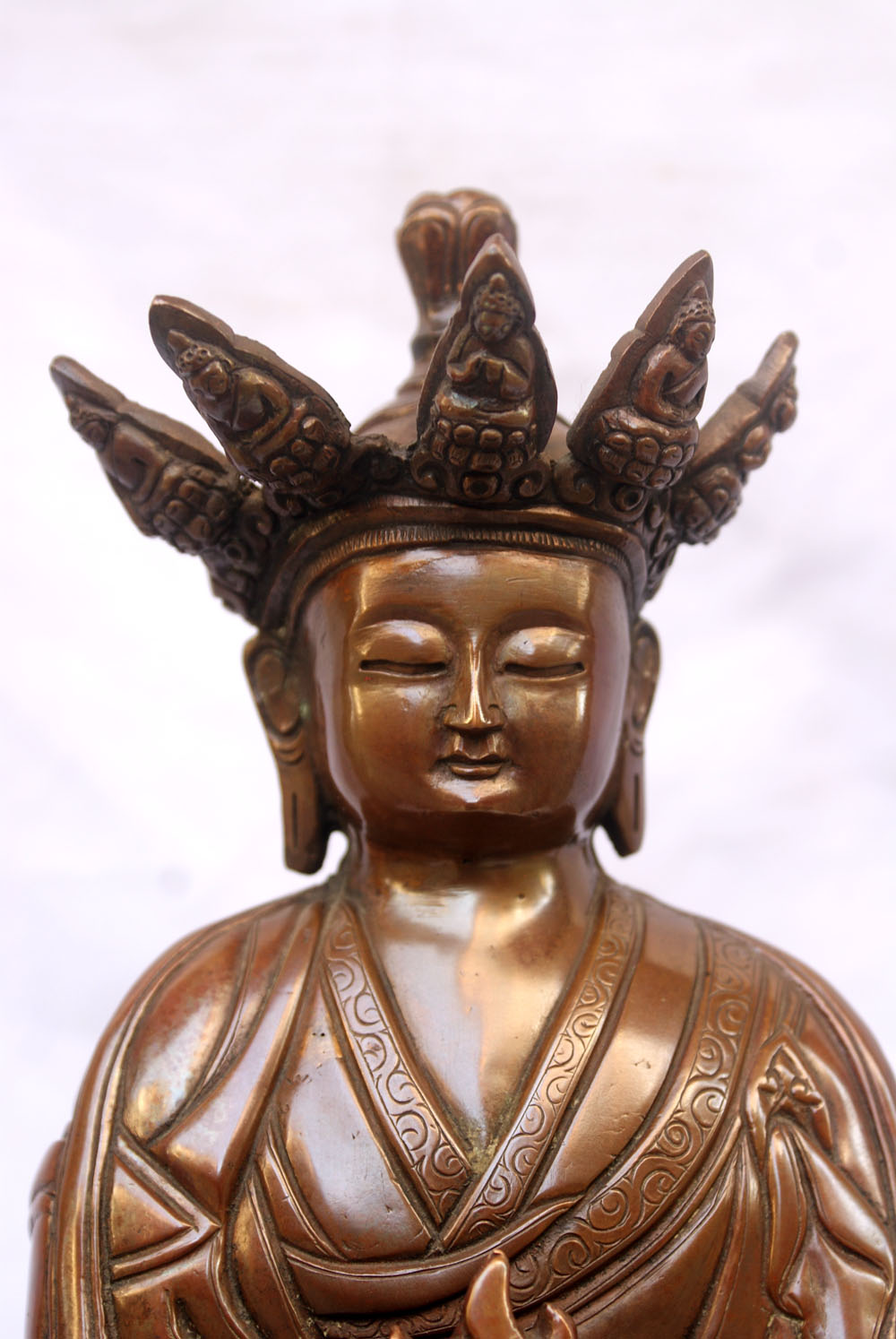 Chocolate Oxidize,
Chocolate Oxidize, 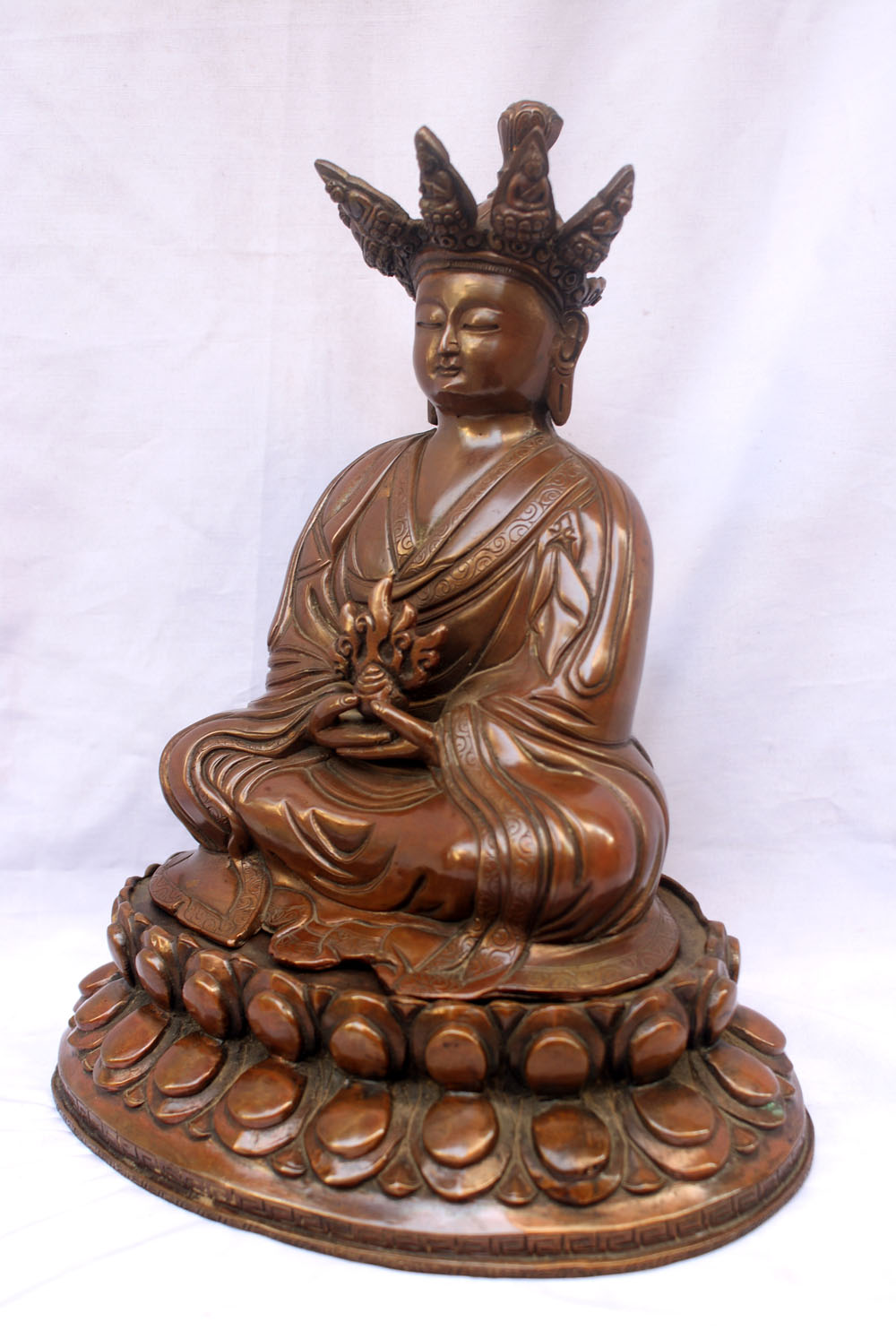 Chocolate Oxidize,
Chocolate Oxidize,  Monastery Quality Statue
Monastery Quality Statue 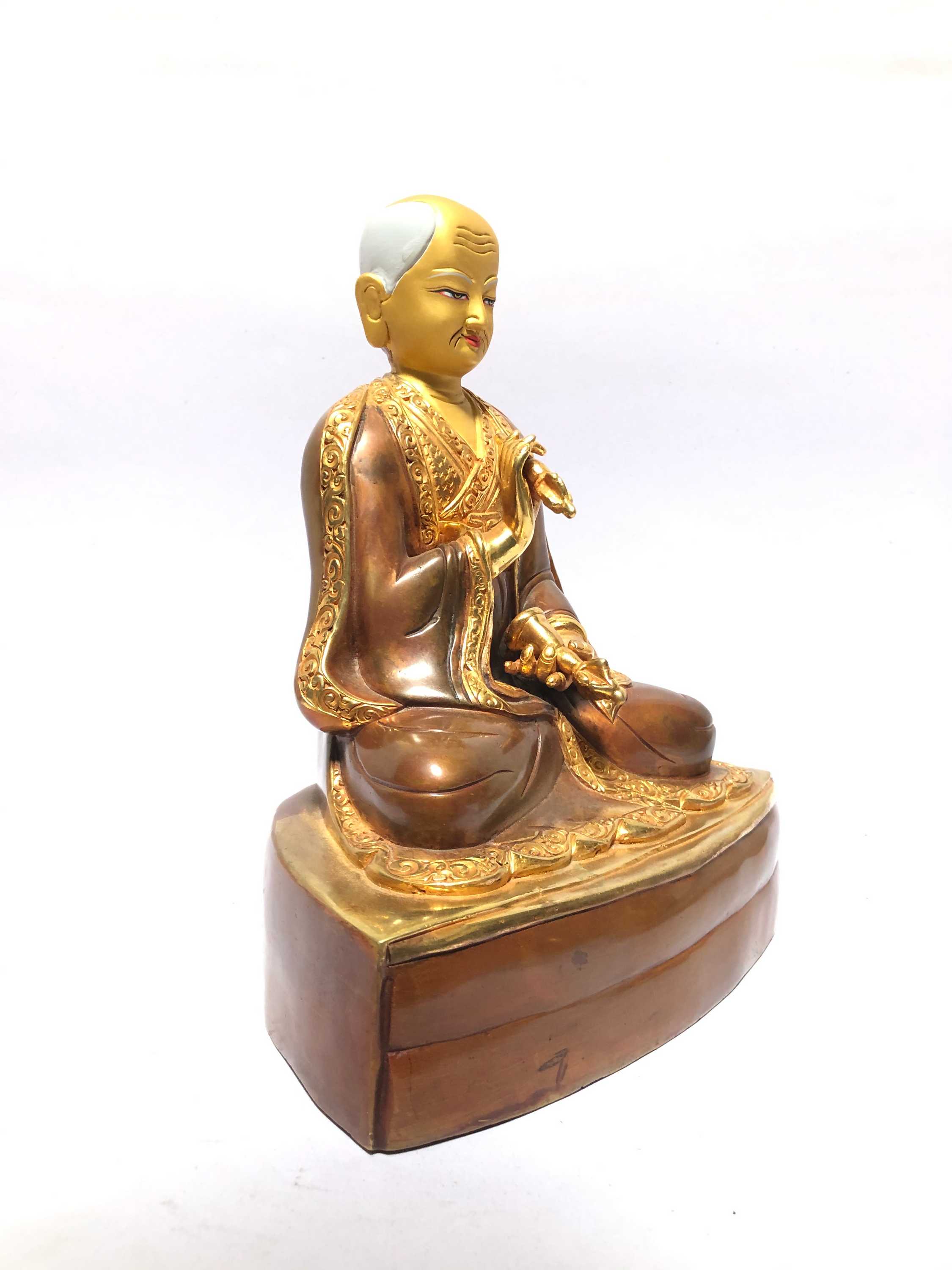 Monastery Quality Statue
Monastery Quality Statue  Full Gold Plated,
Full Gold Plated,  Full Gold Plated,
Full Gold Plated,  of Guru Set
of Guru Set  of Marpa Lotsawa,
of Marpa Lotsawa, 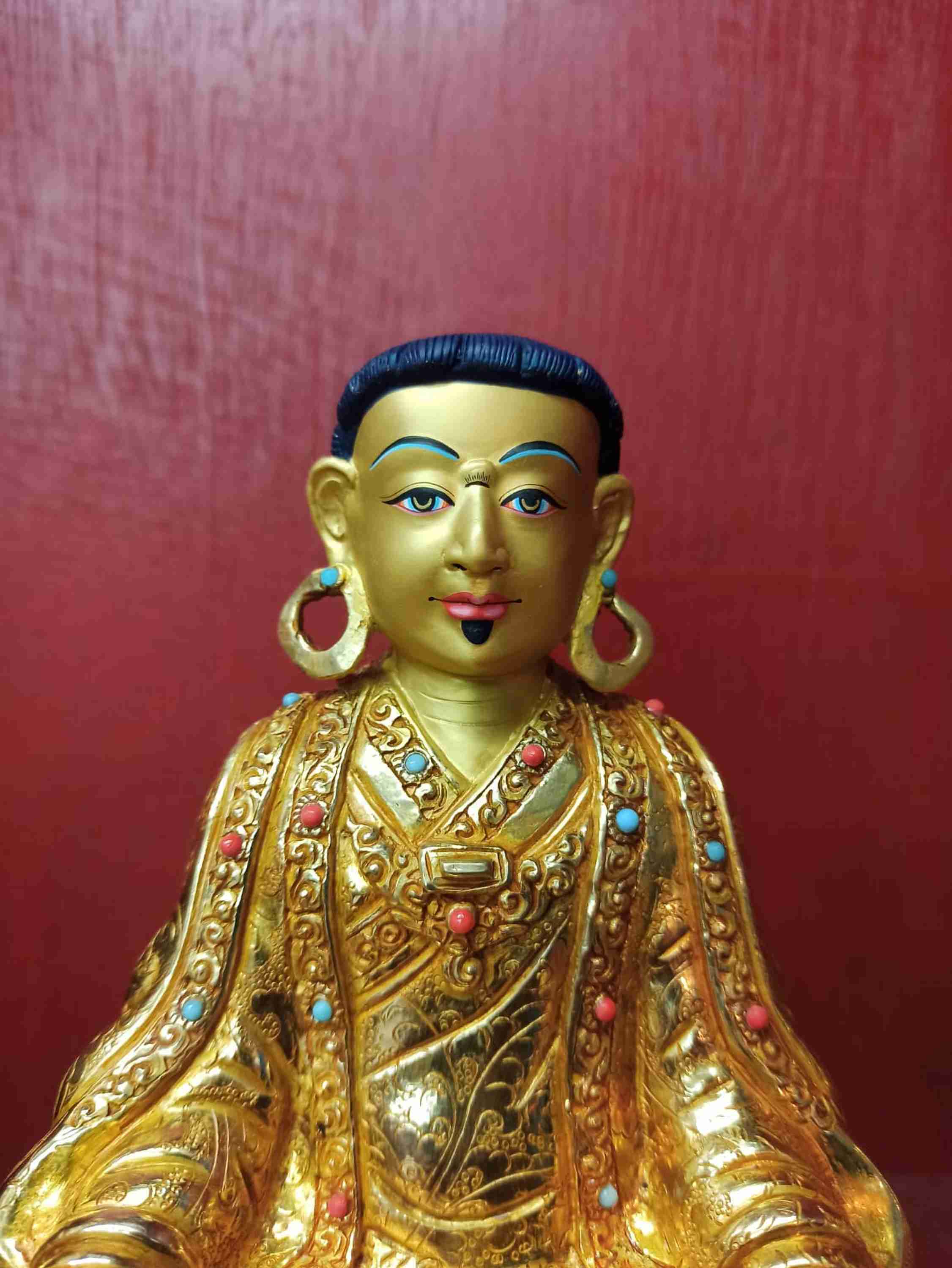 of Marpa Lotsawa,
of Marpa Lotsawa, 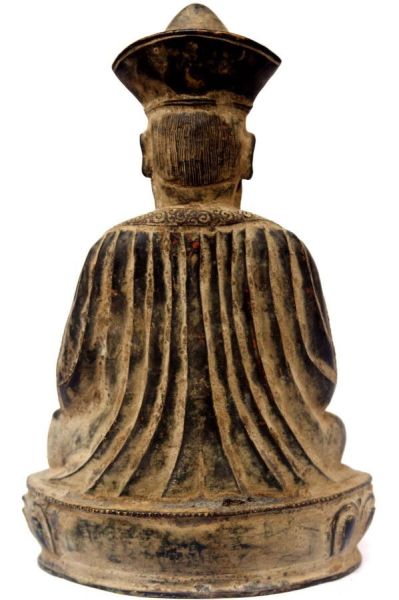 Antique Finishing,
Antique Finishing, 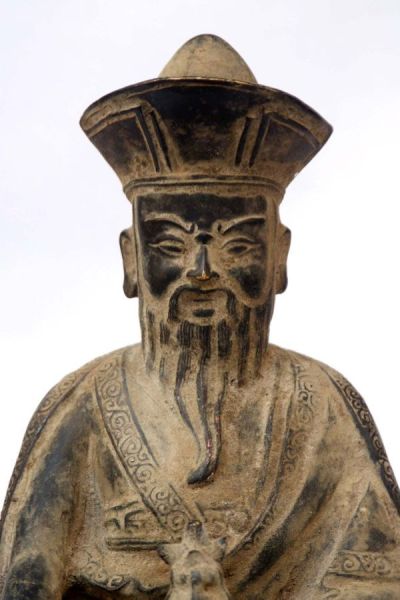 Antique Finishing,
Antique Finishing,  Full Gold Plated,
Full Gold Plated, 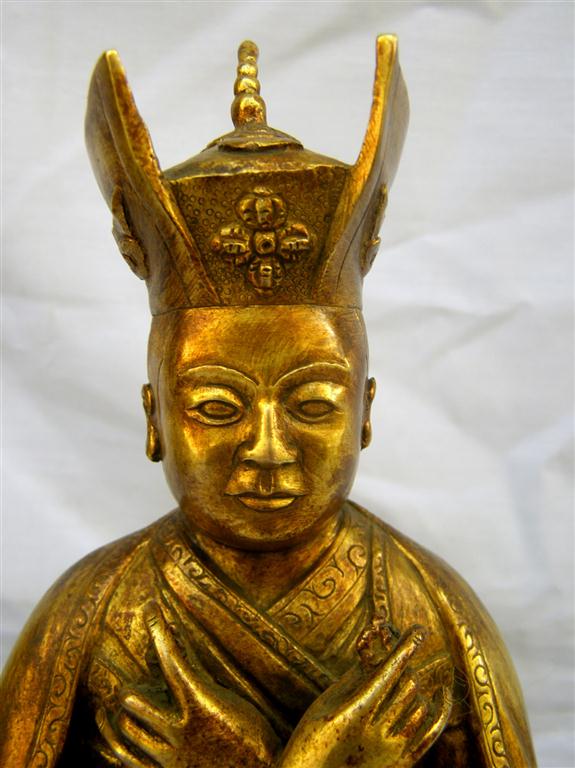 Full Gold Plated,
Full Gold Plated, 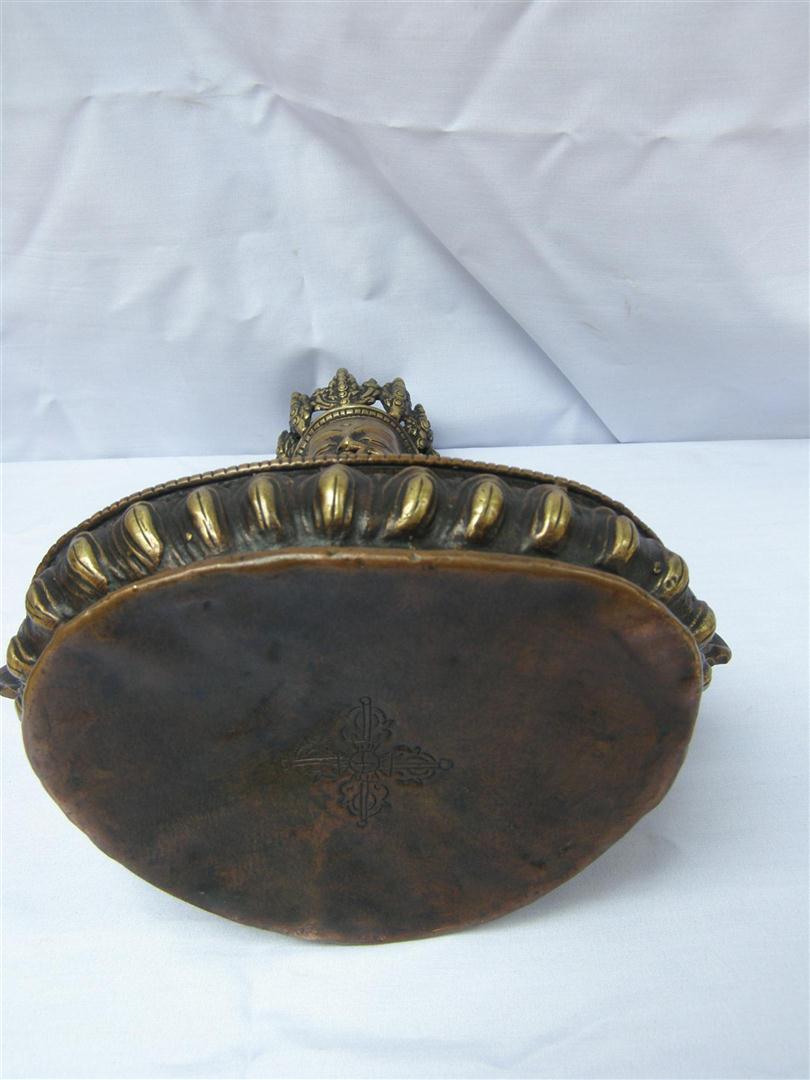 and Rare Nepali Brass Prajnaparamita Statue,
and Rare Nepali Brass Prajnaparamita Statue,  and Rare Nepali Brass Prajnaparamita Statue,
and Rare Nepali Brass Prajnaparamita Statue,  4th Zhabdrung Rinpoche, Buddhist Handmade Statue,
4th Zhabdrung Rinpoche, Buddhist Handmade Statue, 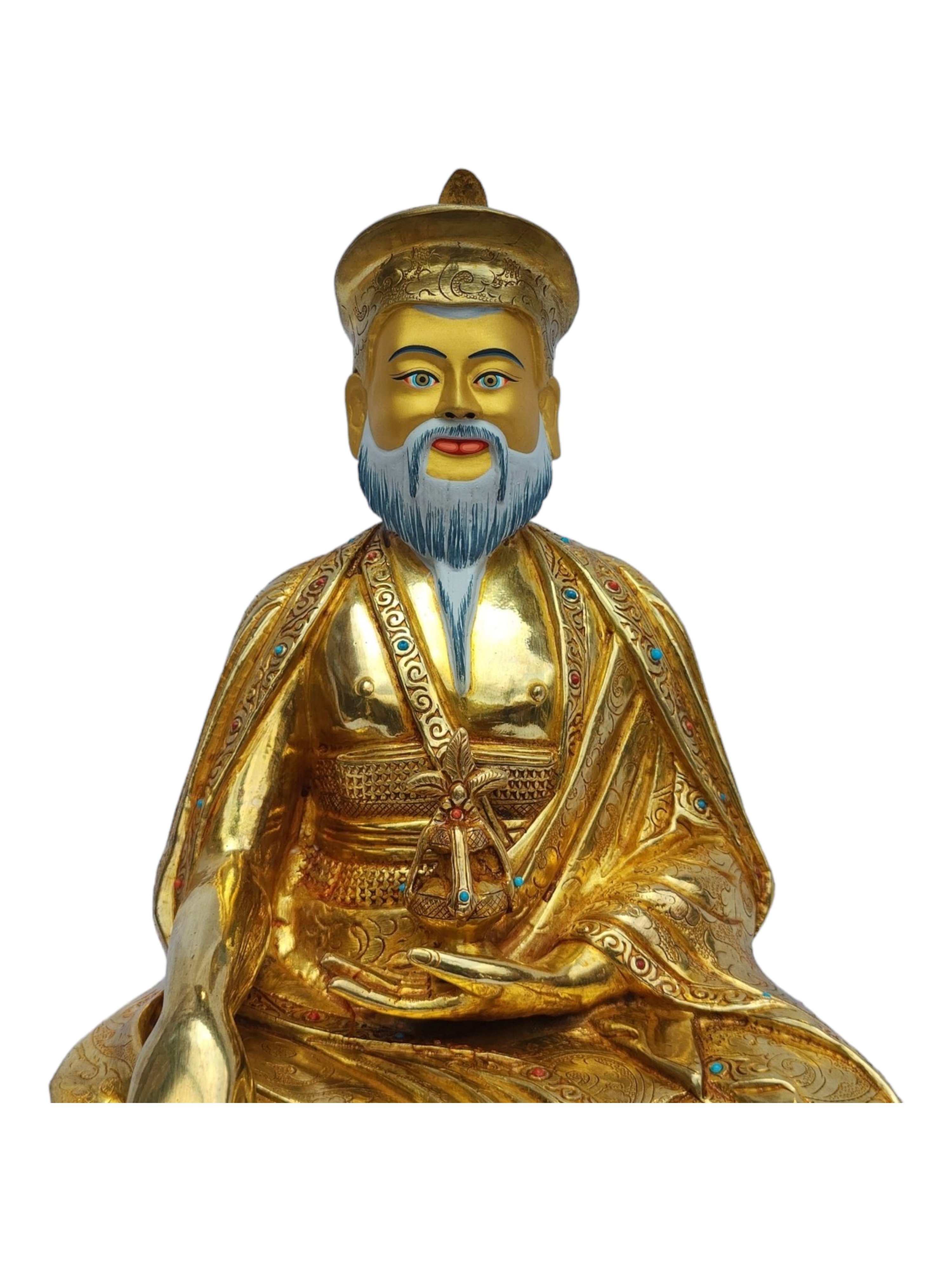 4th Zhabdrung Rinpoche, Buddhist Handmade Statue,
4th Zhabdrung Rinpoche, Buddhist Handmade Statue,  of Tilopa,
of Tilopa, 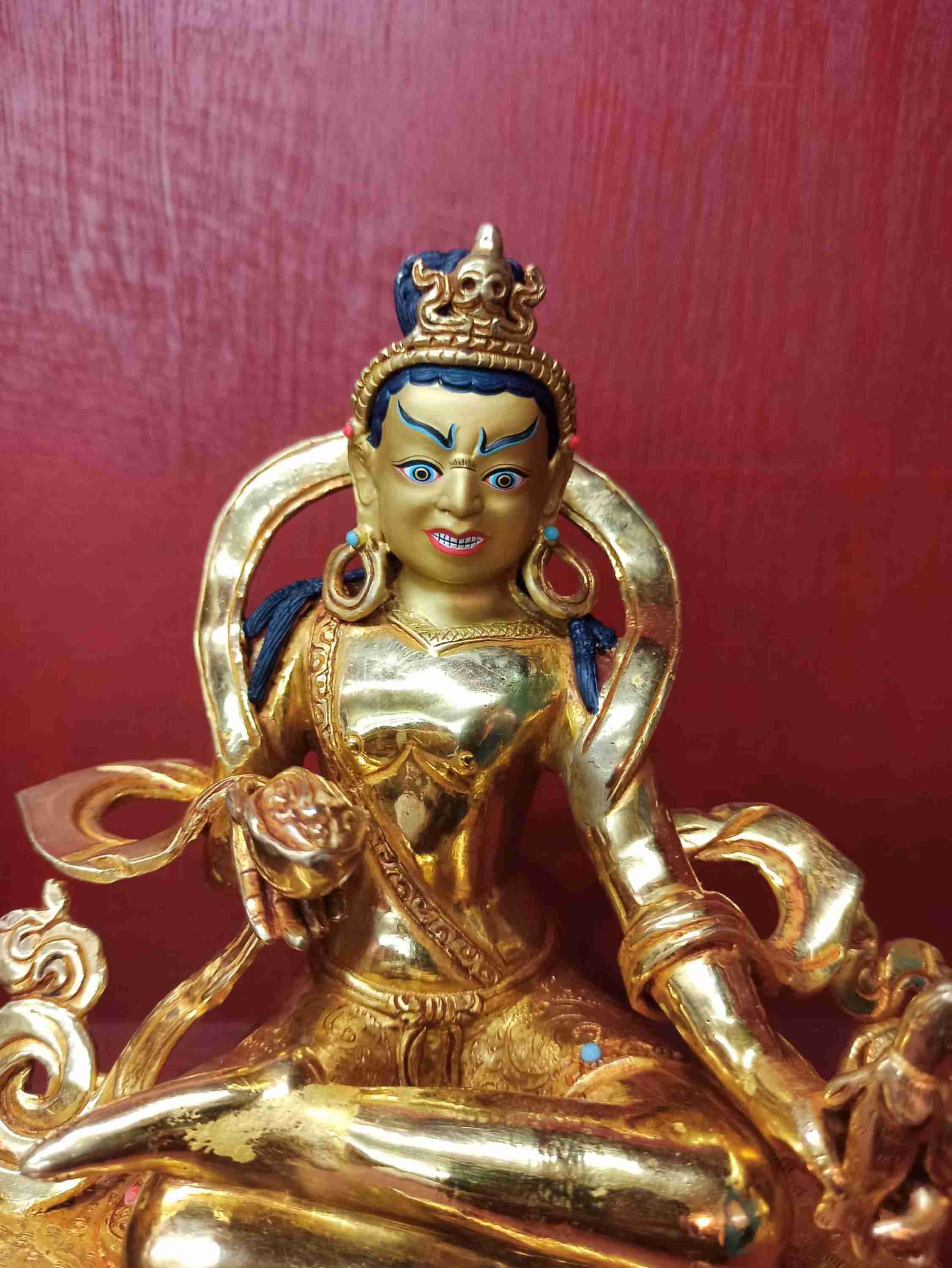 of Tilopa,
of Tilopa,